New Year’s Eve in Stockholm: Sauna, Swedish meatballs and a beautiful blonde

STOCKHOLM — Rome, the Eternal City, the city of dreams, of my reality, is a spectacular town 364 days a year. The one day it becomes Lincoln, Neb., is New Year’s Eve. Romans are teetotalers. The biggest social faux pas you can commit in Rome, besides wearing a “Make America Great Again” button, is public drunkenness. The lone exception: New Year’s Eve. It’s the one time when Romans can forget where they are and pretend they’re someone they’re not: Someone who can hold their liquor. I have gone out once in Rome on New Year’s Eve and spent much of the night running around Piazza del Popolo dodging flying Peroni bottles.
Never again. So when Marina and I decided to step it up this New Year’s Eve after last year’s nice but tame private party, we picked a spot that makes absolutely no sense on the surface.

Stockholm, home of the Swedish version of Triple-A: ABBA, Absolut and alcoholism.
We didn’t, however, go up to drink. Marina, whose gorgeous blonde hair could pass her off as a Swede, is a Roman who can nurse a glass of wine through an entire weekend. I’ve cut down my drinking significantly since dating her. Marina has never seen me drunk. Why?
Because I like my testicles and she would cut them off with a crab fork.
I had been to Stockholm twice before and sold her on the beauty of Scandinavia in winter. I went in the January before the 2002 Salt Lake City Olympics for a story on the vicious Winter Olympics rivalry between Sweden and Norway. I went in the summer of 1978 on a backpacking trip around the world. On my first trip I found Stockholm so expensive I ate nothing but salami and cheese from supermarkets. A beer was more expensive than my lodging. At 22 I thought, No wonder there were so many drunks sleeping in the streets. In Stockholm, they can’t afford alcohol and housing.
Those views changed on this trip. Stockholm will never make the cover of Budget Travel magazine or the to-do lists of hygiene-challenged backpackers. It will, however, continue to be a world leader in progressive thinking and healthy living. I couldn’t think of a better place to end the last year on earth before Donald Trump blows it up when Xi Jinping flips him off on Twitter.
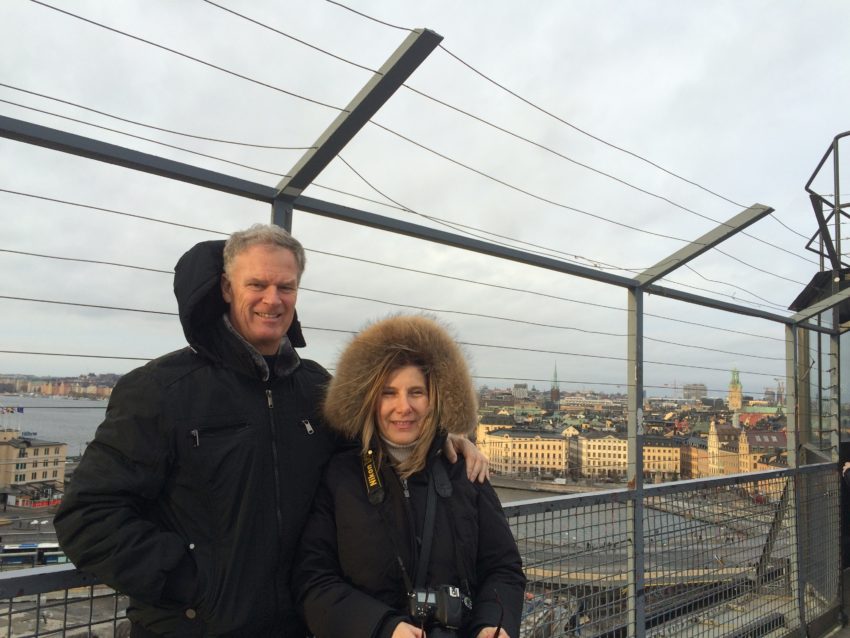
We started with our usual ritual. I take her to the best view in town. Stockholm has a restaurant called Erik’s Gondolen which rises 100 feet above the maze of waterways below. We climbed about five flights of outdoor stairs from the subway stop to walk along the viewing bridge to the restaurant. Below is a view of Stockholm few people know. The Swedish capital is built over 14 islands on waterways jutting off from the Baltic Sea. Get rid of the cars and climb the temperature 30 degrees and you’d have Venice with blond gondoliers.
What struck us from the minute we stepped foot in the 67-year-old subway is Stockholm’s sparkling cleanliness. The sidewalks didn’t have a single cigarette butt. Trash cans stand on every corner. Buildings are void of graffiti. When the sun came out, the sky looked like the blue I once saw in the South Pacific. It’s not just that Rome has more litter than Fifth Avenue after a ticker tape parade. I’ve always marveled how Stockholm seems more pure and clean than the snow that settles in and stays for six months at a time. It’s because Stockholm is the most progressive city in the world. The women’s movement that swept through the U.S. in the 1960s? It hit Sweden in the ‘20s. Equal rights for women is yesterday’s newspaper in Stockholm. Today, Stockholm is a major world leader in the environment. It has the awards to prove it.
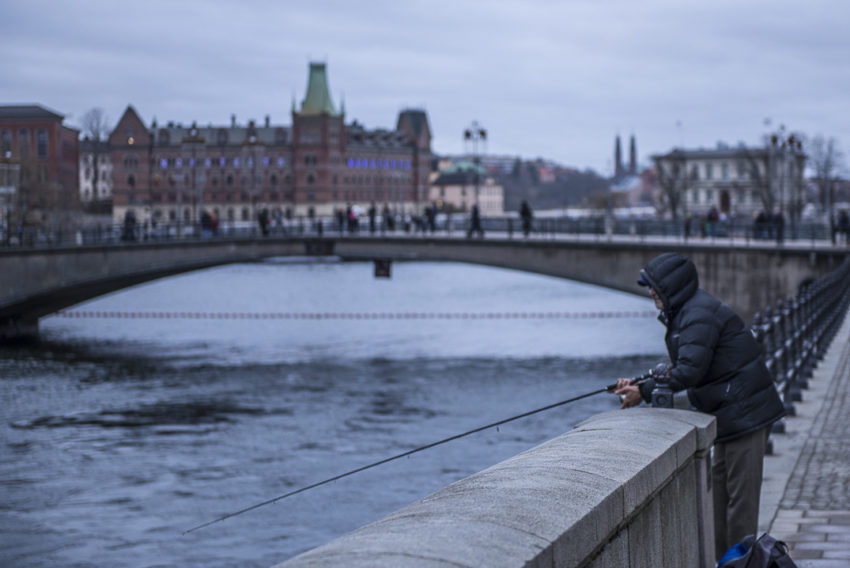
In 2010 the European Union gave it the European Green Capital Award. The city, which started ite first environmental program in the mid-1970s, now considers the environment in its budget, operating plans and monitoring. In the last 10 years it has cut the carbon monoxide in the air by 25 percent. They set a goal to be fossil fuel free by 2050. The European Cities Monitor in 2010 named Stockholm the best city in terms of pollution. Today it has 219 nature reserves and 1,000 green spaces covering 30 percent of the city. The water is so clean people swim in the city center. Drinking bottled water in Stockholm is considered a waste of money akin to buying air. While strolling around Gamla Plan, Stockholm’s old town which has been incorporated since the 13th century, we saw people fishing. If you ate a fish caught in the Tiber River below my Rome apartment you’d be dead from parasitic attack before you finished your Pinot Grigio.
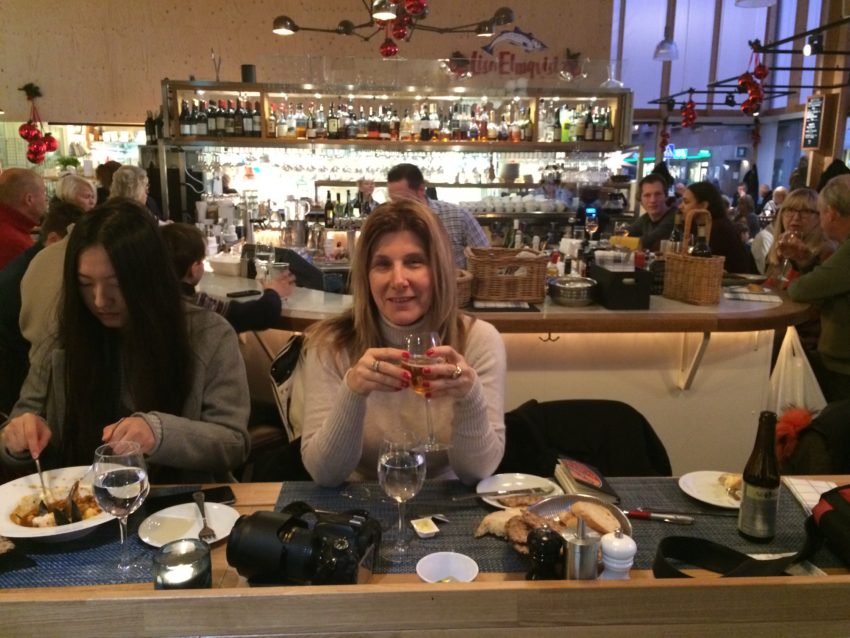
Fish is a major contributor to Stockholm’s growing restaurant scene. Bound everywhere by water, a wealthy clientele and respect for good health, Stockholm has countless seafood dishes dotting their creative menus. For lunch I took Marina to the Fenway Park of Stockholm seafood restaurants. Since 1926 Lisa Elmqvist has occupied a spot in Saluhall, Stockholm’s fabled 132-year-old gourmet food emporium. We walked past huge piles of lobsters, crab legs and salmon steaks and took a seat at the packed bar.
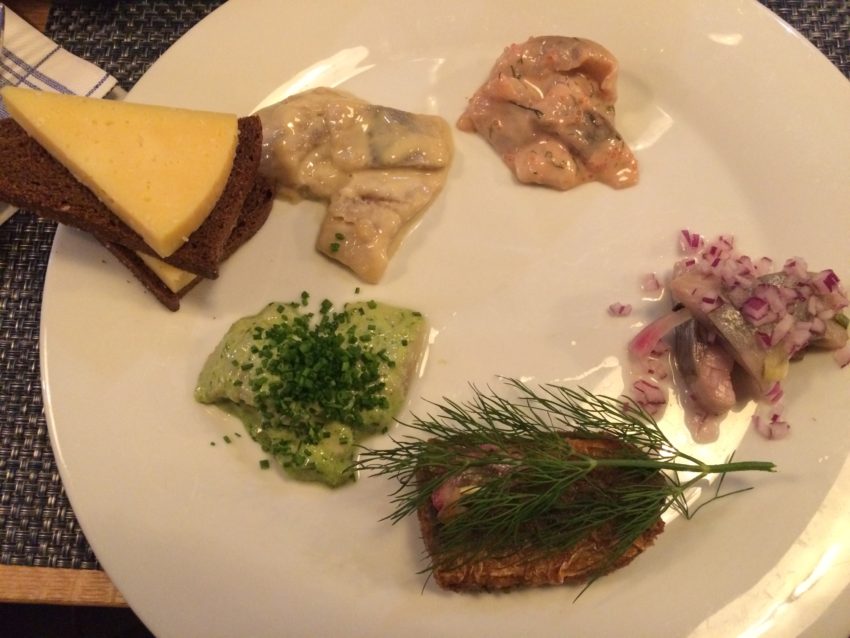
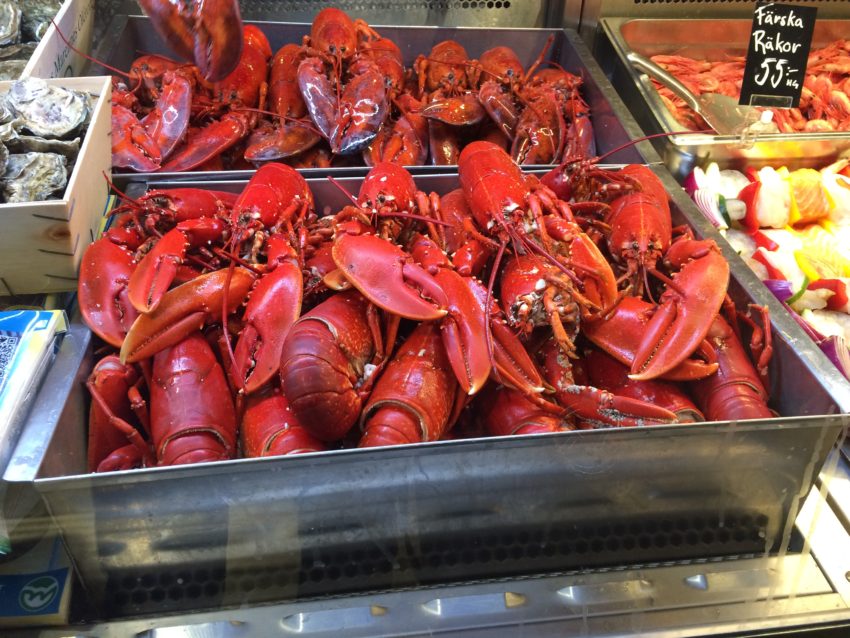
If Stockholm has a star fish, it’s the herring. It’s small, boring and ridiculed, once a diet staple for the Russian poor. It’s the red-headed stepchild of the fish family. But at Lisa Elmqvist, it’s the big tuna. I ordered the herring sampler. It was five piles of cut-up herring served in mustard, black roe, pickled, fried and garlic and onion. Ladled onto fresh bread and with a mug of ice-cold God lager, one of the many delicious micro brews popping up around the city, it was one of the best seafood meals of my life. Marina’s salmon was simple in name only. She swooned over it to the point where I got jealous over a dead fish.

Spend a few days in Stockholm and it comes across as one of those places that belongs on the cover of a science fiction paperback about the most perfect place on earth. Everyone’s healthy. Everyone’s smiling. Bees and butterflies flit over blooming flowers. It’s like Sydney where you ask locals what the city’s biggest problem and they all scratch their heads.
I posed that question to the bartenders at our hotel. Not that Stockholm has a drinking problem but the front desk doubled as the bar. OK, the alcoholism is one drawback, a mole on the face of your basic Swedish lingerie model. It’s taken for granted here. I remember leaving a bar one night in 2002 and an old, very drunk man made a blatant grab at a stunning woman walking alone. I stepped in and he was so drunk, he missed his swipe and fell to the ground. I asked if she was OK.
“Yes, I’m fine,” she said calmly and unrattled as if this was a daily occurrence.
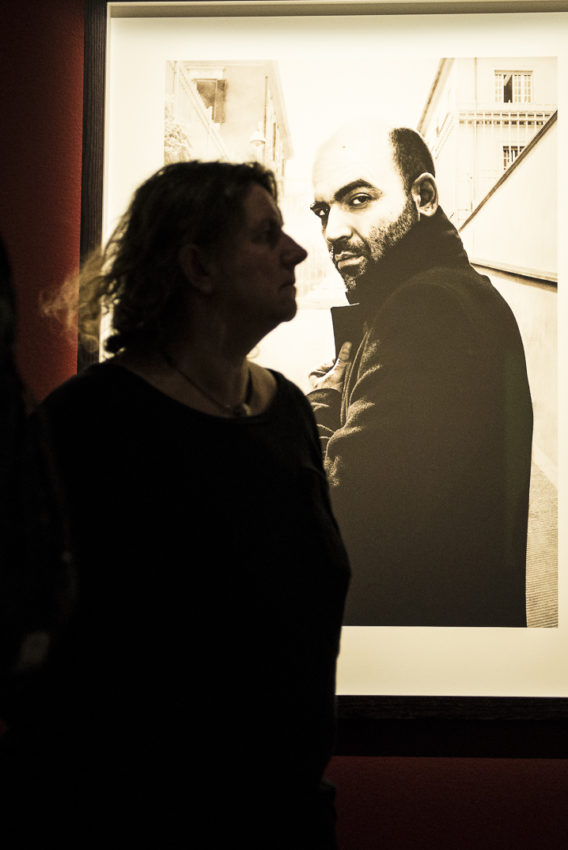
According to the World Health Organization, 4.7 percent of the Swedish population is labeled “alcohol dependent.” It’s 6.7 among males. The overall drinking scene isn’t that bad. Sweden is only 50th worldwide in alcohol consumption per capita with 9.2 liters per person, according to Hefsweden.com, a Swedish travel website. That’s tied with the U.S. (Belarus is first with 17.5). But the binge drinking is off the charts. A 2010 WHO survey revealed that 44.2 percent of all Swedish men experienced “heavy episodic drinking” that year. Because of Sweden’s reputation, two-thirds of all men do not drink from Monday through Thursday.
The government has done everything it can to curb abuse. It has made drinking expensive. I couldn’t find a glass of wine, Sweden’s biggest culprit, for under 10 euros a glass. Beers run about 8. It’s not bad but enough to drive many Swedes to drive their Volvo station wagons to Germany to fill up with cheap beer. Systembolaget, Sweden’s only chain selling alcohol with more than 3.5 percent, closes at 3 p.m. on Saturday and is closed on Sunday. Get caught driving with more than .02 percent alcohol and you lose your license for a year. The U.S. is .05.
I’ve often asked Swedes why they drink so much. Some say the long periods of winter darkness are factors. While we were there, the sun rose at 8:30 a.m. and by 3:30 p.m. it was as black as the bottom of the Baltic. Some say Sweden’s high taxes can cause people to drink. That, of course, makes no sense whatsoever. How do you get rid of financial worries by drinking expensive alcohol?
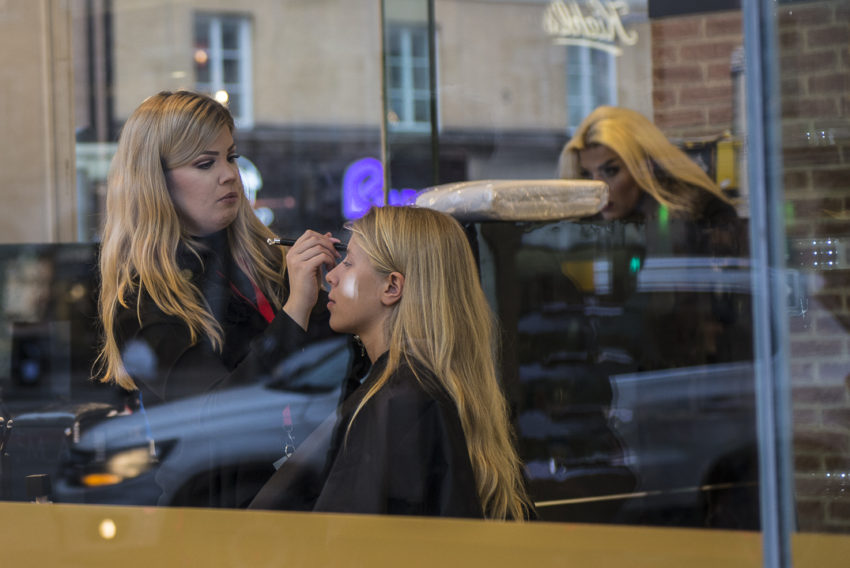
One bartender has an interesting theory that I’ve read elsewhere. Swedes are famously shy and modest. Swedish women have no idea how beautiful they are because there are so many beautiful women around them. Arrogance and cockiness is as frowned upon in Sweden as drunkenness is in Rome. In research I did on the Olympics rivalry, one reason Norway got an upper hand in the 2000s is its sports leaders convinced their athletes it’s OK to be a bit of an asshole.
The hotel bartender at the hotel said, “Swedes drink a lot because we’re shy. When we drink, we’re not shy anymore.”
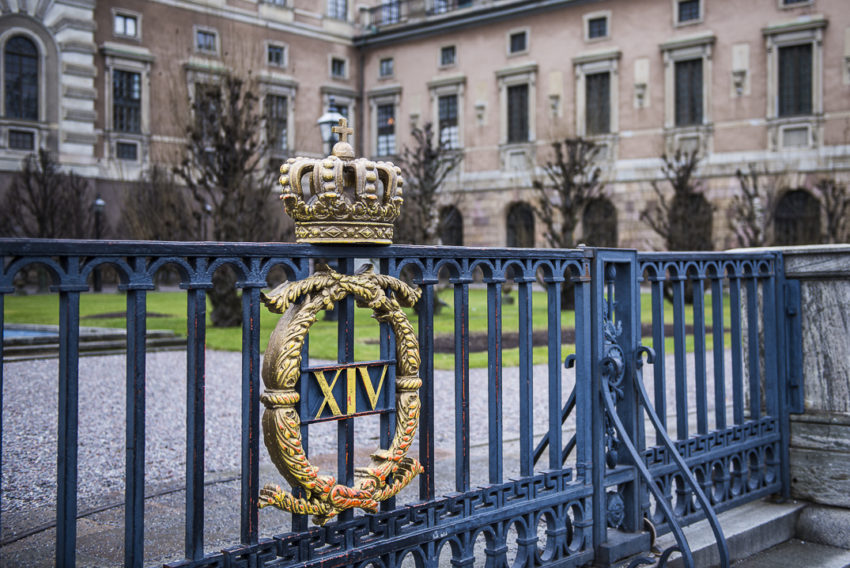
I asked them what Sweden’s problem is, expecting to see the index finger immediately start itching their scalps. They didn’t. One immediately said, “The government.” Prime minister Stefan Lofven has been in office since 2014. A former welder turned trade unionizer, Lofven’s Social Democratic party’s approval rating had dropped last January to 23 percent, the lowest since 1967. This guy makes Donald Trump look like Thomas Jefferson.
The Swedes, a famously open-minded, welcoming lot, say Lofven has whiffed on immigration. In 2015 he let in 150,000 refugees, 80,000 in two months of that fall. They’ve granted asylum to more immigrants per capita than any country in the world. I heard Arabic in the subways. I saw Africans selling jewelry in the streets. Asians worked in restaurants. The backlash has been appalling. Gangs are popping up around the country. Anti-immigrant violence is increasing. Realizing he hasn’t done much to integrate immigrants other than offering an open door, Lofven introduced temporary border controls, started ID checks and closed the Oresund Bridge from Denmark. I sensed no racial tension in the streets. I’ve never met a Swedish racist. But the streets of Stockholm, unlike my first two visits, are no longer all white.

On the last day of 2016, we went native. The sauna has been part of daily life in neighboring Finland since before the 16th century. In Sweden, it is on my to-do list on every visit. I took Marina to Eriksdalsbadet, a massive, sprawling water complex. It features two 50-meter lap pools, diving platforms, three Jacuzzis, a water park and saunas in the men’s and women’s locker rooms. The accomplished Swedish national swim team often trains here.
It was unseasonably warm in Stockholm: days in the high 40s, nights in the mid-30s. We didn’t see a flake of snow. Swedes blamed global warming which warmed me a lot more than the weather did. It was a wonderful two hours. I swam some laps in the pool. I chatted with a Swede about international swimming, which I covered in three Olympics. I took a Jacuzzi and learned that not all Swedish women are beautiful. I paddled under a plastic barrier to soak under an outdoor waterfall, the pool’s warm water providing the perfect contrast to my increasingly freezing hair. We were the only tourists on a crowded Saturday.
However, the sauna is the perfect way to end the day, let alone the year. I laid back next to the piping hot stones and let the sweat of a long year of too many ups and downs drip to the floor. It was filled with men, none saying a word. It was like we were all silently standing at a urinal, refusing to break that unspoken barrier that crosses from polite to just plain creepy.
I lasted about 20 minutes before I built up enough thirst for a New Year’s Eve in Stockholm. Oddly, the city of 1.5 million people was surprisingly empty. Stockholm residents take this weekend to get into the countryside or see their families elsewhere, leaving New Year’s Eve to the amateurs, such as myself. The streets all weekend were quiet. The subways had entire cars of empty seats. Are there any amateur drinkers in Stockholm or are they all professionals?
The evening started going downhill fast. I wanted a special evening. America had a horrible year with Donald Trump, but I had a great one with Marina Pascucci. I booked a night at Engelen, a big rustic tavern with a Swedish cuisine, live bands and a party vibe. It’s the perfect one-size-fits-all party headquarters for New Year’s Eve in Stockholm. We arrived to see ropes around a small red carpet. A pretty young woman asked if we had tickets.
“Tickets?” I said. “What tickets? I called from Rome. A guy just put my name down.”
She found my name and said, “OK, there you are. Go downstairs where you pay.”
Pay? Before dinner? Uh-oh. Yep, it’s New Year’s Eve. The blonde behind a counter saw my name and said, “That will be 1,680 kroner.” That’s just under $190.
“Huh?” I said, exasperatingly. “Why?”
“It’s our special New Year’s Eve price,” she said.
Knowing the price doesn’t include the booze I’d need to get over the pain from being sodomized Nordic style, I said a curt, “Ciao” and left. A short, young woman at the gate overheard me and said, in, like all Swedes, perfect English grammar, “You don’t have to be rude. It’s not her fault. Don’t take it out on her.”
Forgetting that even slight smirks are considered gross insults in Sweden, I set American-Swedish relations back a few eons with, “Well, it’s rude they didn’t tell me about the price when I booked! And I was NOT rude! I said, ‘Goodbye’ in Italian!”
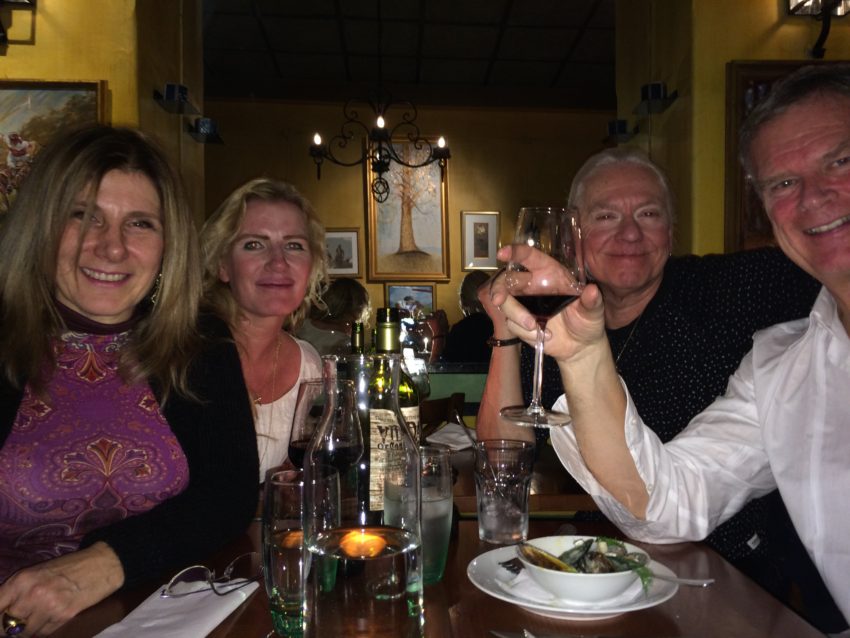
So there we were, roaming the now drizzly streets of Gamla Stan scurrying for food on New Year’s Eve. After getting turned away three times, we found a safe haven in tiny Samborombon. Started in the early 1960s, it has an odd South American theme with photos of tango, polo and other forms of horsemanship. We sat at a quaint candlelit table next to a couple that looked as if they hopped off a Volvo ad. Lena Tedeblad, tall with long blonde hair, and Tommy Sigvardsson, with equally long blond hair tied in a ponytail, are artists from Uppsala, just northwest of Stockholm. Lena spent five years in Iraq with the Swedish army and Tommy does landscape paintings from around the world.
He turned me onto a bottle of Argentine organic Cabernet and Marina and I both ordered the Swedish meatballs. Yes, they’re better than the ones in Ikea. They came with a small tub of lingonberry sauce and mashed potatoes that reminded me of Mom’s on Thanksgiving. We talked about Swedish cuisine, art and the pending disaster that is Donald Trump. I felt very much at home.
When midnight struck, Marina and I were at a dive called Geronimo’s, a small bar filled with Indian artifacts and catering to Stockholm’s seedier side. Men dressed in silver tinsel and ‘70s disco outfits moved in and out while we talked to a Croat-Turkish couple who live here. They were happy. We were happy. And 2016 is over.
It’s about time. I’m afraid 2017 is going to be worse, much worse. I’ll consider it a victory if we all see 2018. But for one more glorious weekend at the end of 2016, Marina and I saw a slice of the world that seemingly no one human being should be able to destroy.


January 2, 2017 @ 4:32 pm
Excellent, excellent, excellent. Really enjoy your writing, John.
January 3, 2017 @ 12:47 am
Thanks, Greg. I enjoy your coverage. As I’ve “outkicked my coverage” with Marina, your newspaper outkicked its coverage with you.
January 3, 2017 @ 1:20 pm
I want to add a friend of mine that is traveling to Rome this summer to the distribution list of John’s columns but I can’t figure out how to do it. His email is rich@forsberg-engerman.com can you tell me how to?
Thanks, Craig
February 28, 2017 @ 8:55 am
I’m so jealous you were just in Sweden! I was there two years ago (New Years Eve 2015) and fell in love. The food, people, and atmosphere was amazing! I loved Galma Stan in particular!
February 28, 2017 @ 9:00 am
For 30 years I voted Sweden as having the most polite people in the world. I’ve changed that after a few recent experiences but they remain in the top 10. The women are kinda cute, too.